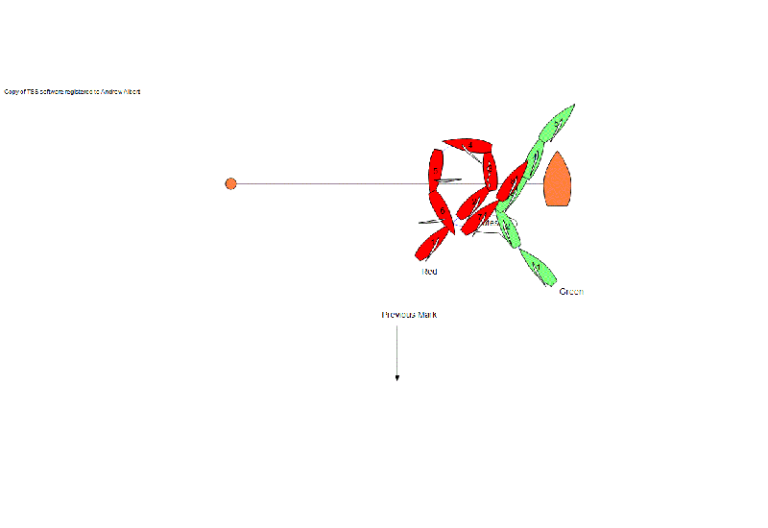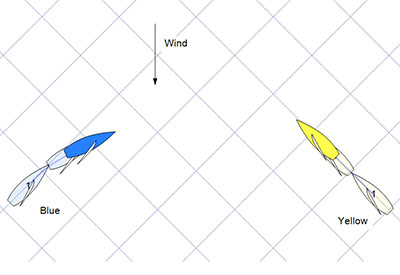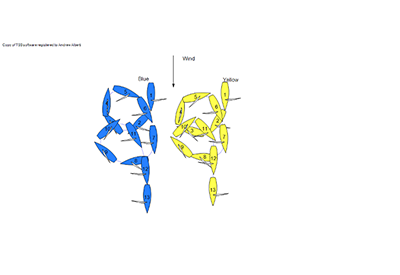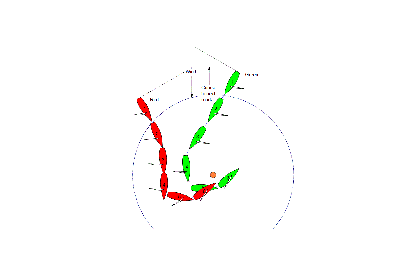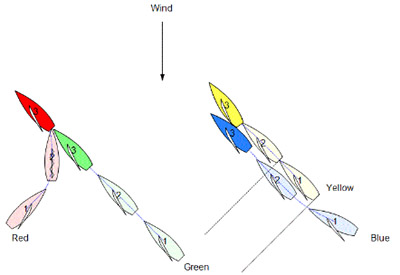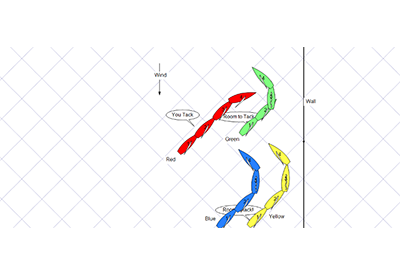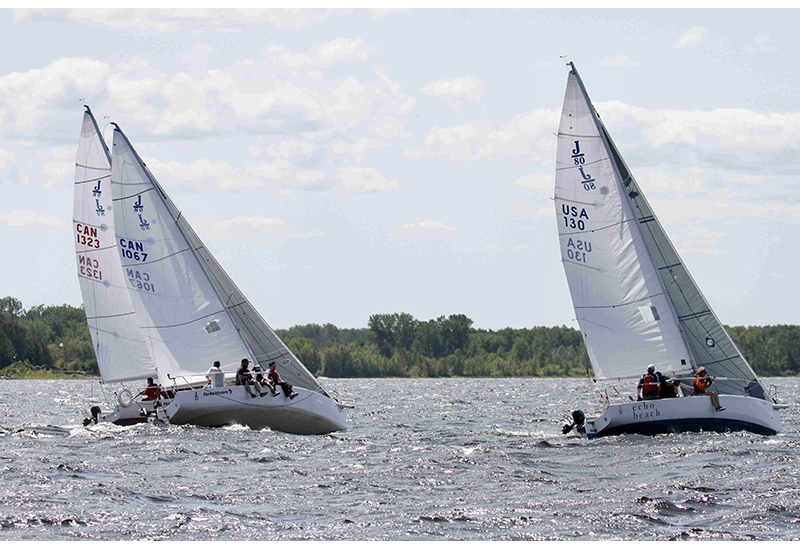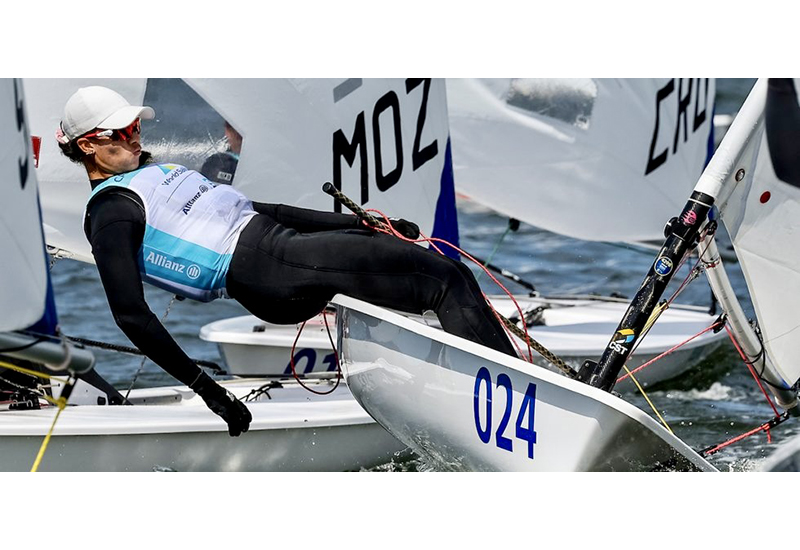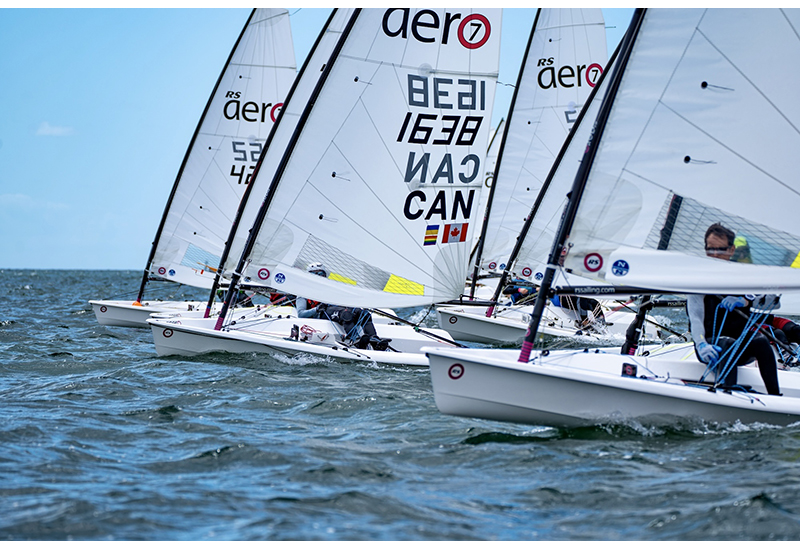The Rules Guy: An overview of the right-of-way rules IV
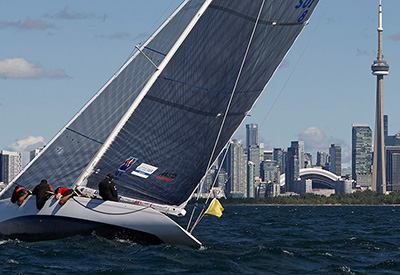
August 13, 2020

In the past three issues, we have been doing an overview of the right-of-way rules. In the first, we did a review of Section A of Part 2 of the Racing Rules of Sailing. In the second we did a review of the definitions, in the third we did a review of Section B of Part 2. This issue, we will look at Section C of Part 2, Marks and Obstructions. Many of my articles over the past 22 years have covered rules in this section, but this is the most involved and complicated part of right-of-way rules, so I will only provide an overview in this issue. Even reprinting all of Section C would make the article too long, so I have only reprinted the headings and introductions.
SECTION C
AT MARKS AND OBSTRUCTIONS
Section C rules do not apply at a starting mark surrounded by navigable water or at its anchor line from the time boats are approaching them to start until they have passed them.
18 MARK-ROOM
18.1 When Rule 18 Applies
Rule 18 applies between boats when they are required to leave a mark on the same side and at least one of them is in the zone. However, it does not apply
18.2 Giving Mark-Room
(b) If boats are overlapped when the first of them reaches the zone, the outside boat at that moment shall thereafter give the inside boat mark-room. If a boat is clear ahead when she reaches the zone, the boat clear astern at that moment shall thereafter give her mark-room.
18.3 Tacking in the Zone
18.4 Gybing
19 ROOM TO PASS AN OBSTRUCTION
19.1 When Rule 19 Applies
Rule 19 applies between two boats at an obstruction except
19.2 Giving Room at an Obstruction
20 ROOM TO TACK AT AN OBSTRUCTION
20.1 Hailing
20.2 Responding
20.3 Passing On a Hail to an Additional Boat
The first thing to note about Section C is that its rules do not modify rights of way. Section C rules impose obligations to give room and/or mark-room on boats whose rights and obligations have been established earlier in Section A. Section C modifies them only in selective and particular ways. So… when do Section C rules apply? In simple terms, at marks and obstructions. The start of Section C and rules 18.1 and 19.1 all concern themselves with when these rules don’t apply. Again to simplify: not at starting marks; not between boats on opposite tacks at windward marks; and rule 19 doesn’t apply when the situation is covered in rule 18.
Rule 18.2 gives inside boats room to round a mark as long as the boats were overlapped when the closer one got to the three-hull-length zone around the mark. Rule 18.2 needs to be read together with the definitions of mark-room and zone which are in the Definitions section of the Rules book. Rule 18.3 puts significant restrictions on boats that tack within the zone. Rule 18.4 prevents an inside leeward boat at a gybe mark or leeward mark from carrying the windward boat past the mark by not gybing.
Rule 19 covers obstructions, objects that you have to avoid. Obstructions are defined in the Definitions section of the Rules. Rule 19 requires that outside boats give inside boats room to pass the obstructions as long as the boats are overlapped.
Rule 20 covers two boats close-hauled on the same tack while approaching an obstruction. It requires the windward boat to give the leeward boat room to tack to avoid the obstruction. The leeward boat must hail for room to tack, the windward boat must respond, and the leeward boat must then tack. If there are more than two boats, then the hail has to go up the chain of boats.
Since these rules don’t change who has right of way – yet they may entitle a give-way boat to room – so there is a fundamental conflict to settle. We will see in the next article that rule 21 may exonerate a boat that breaks a right-of-way rule while taking room given in Section C.
 Andrew Alberti is a National Judge and National Umpire. He is a member of the Sail Canada Rules and Appeals Committees. Send your questions to Andrew at kyrules@alberti.ca.
Andrew Alberti is a National Judge and National Umpire. He is a member of the Sail Canada Rules and Appeals Committees. Send your questions to Andrew at kyrules@alberti.ca.
To catch up on the three previous Rules Guy columns head to Performance Sailor

